As the year draws to a close and we set our sights on 2024, let’s review the predictions we made at the beginning of the year to understand how the Internet evolved in 2023.
Read: What Will Become of the Internet in 2023?
Prediction: Internet Shutdowns to Increase to Pre-COVID Levels
As of 20 December, we have recorded 119 Internet shutdown events globally, double the number that we tracked in 2022 and 2021, respectively.
More than half of these (n=64) have occurred in the MENA region, followed by Asia (n=44), of which India has accounted for more than 90% (n=41).
For the first time, India did not have the highest number of Internet shutdowns in a year. Instead, Iraq took the honors (n=45), the majority of which were exam-related shutdowns, only lasting for a few hours at a time. Authorities in Algeria, India, Iraq, Sudan, and the Syrian Arab Republic collectively ordered Internet services to be restricted during national and local exams, making it the top cause for shutting down the Internet in 2023. We expect to see a similar trend in 2024.
Figure 1 — New Internet shutdown events recorded in 2023. Hover over to see figures and click to enlarge.
In Africa, Chad, Ethiopia, Gabon, Guinea, Mauritania, Senegal, and Sudan all experienced shutdowns, while Turkey accounted for Europe’s only new Internet shutdown event, with service blocking restrictions in the Russian Federation continuing since February 2022.
Check back next month for our full analysis of Internet shutdowns in 2023.
Prediction: Africa to Continue to Increase Its Resilience
In 2023, we expanded the Pulse Internet Resilience Index tool that we originally developed for the Measuring Internet Resilience in Africa project to show the Internet resilience for more than 170 countries globally. This required modifying the methodology, which altered all index scores that we had been tracking for Africa since 2021, and thefere impacted our ability to compare changes in resilience in Africa over the last 12 months.
Read: Measuring Africa’s Internet Resilience — What’s Changed
However, the tool now allows African and other developing nations to look at and compare their resilience profiles to other countries and use these as a baseline and a goal of where they want to get to in the future.
Aside from this, there continues to be plenty of development on the continent towards improving its overall resilience, with new submarine cables announced that have helped reduce the cost of Internet for certain countries and IPv6 starting to be deployed in Senegal and Tunisia with news of other countries starting to also look at deploying it in the next 12 months.
Prediction: The Internet and Your Data Will Become Even More Concentrated
The United States’ grip on data centers (Figure 2), top-level domains, and hosting services continued to decline in 2023 to below one-third of all world market share and significantly declined when only considering the Top 1,000 websites (Figure 3).
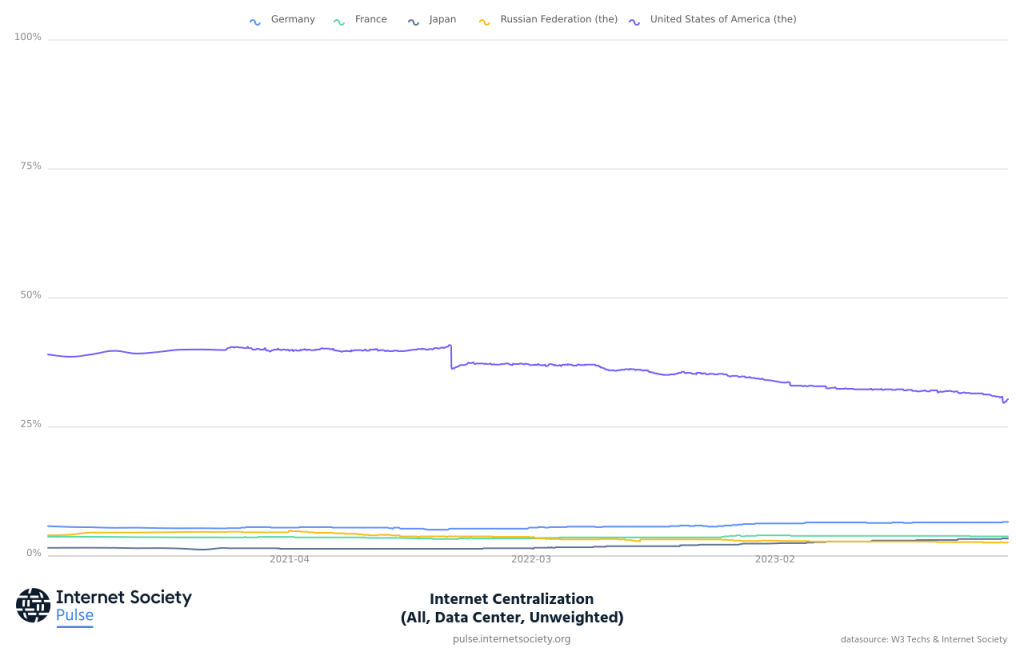
Figure 2 — The percentage of data centers for all sites hosted by the top five countries.
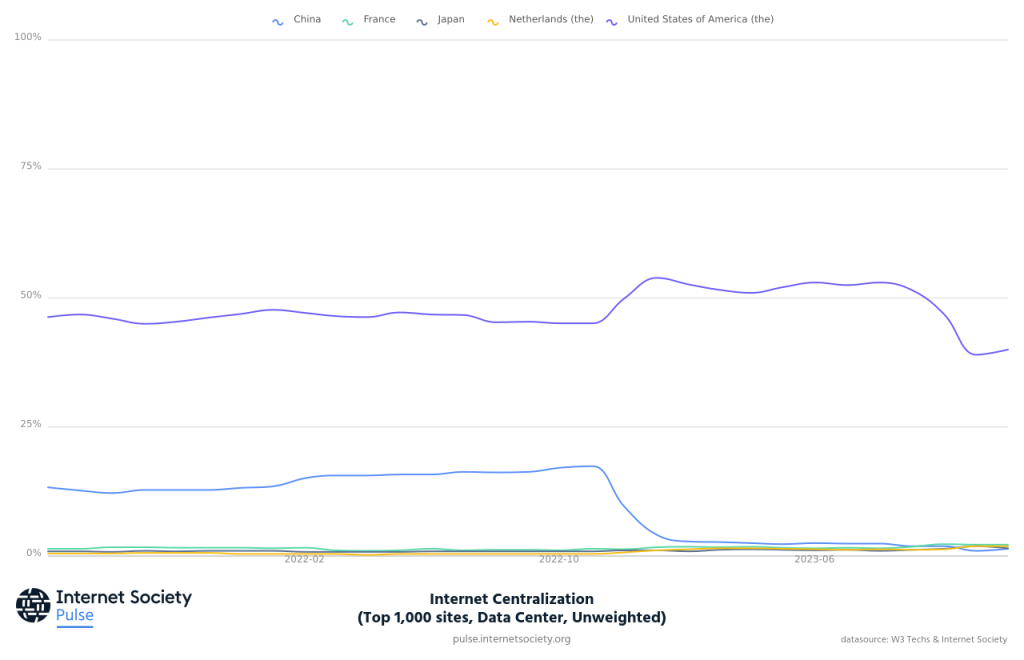
Figure 3 — The percentage of data centers for the top 1,000 sites hosted by the top five countries.
As we speculated at the start of the year, much of the changes in the market share of critical Internet infrastructure can presumably be traced to Europe’s General Data Protection Regulation (GDPR) and other recent regional and country data protection regulations, which have required data and certain infrastructure to be stored and/or controlled in the country.
This aside, the US still retains almost 99% market share of Content Delivery Networks (CDNs) (Figure 4).
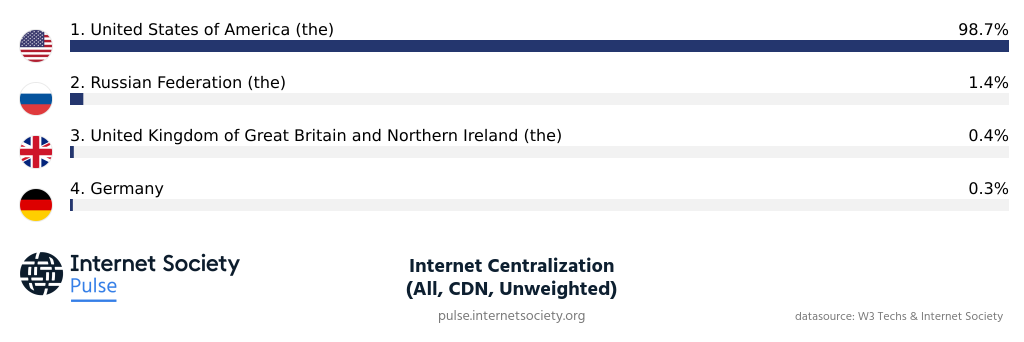
Figure 4 — CDN market share. Unweighted Gini Coefficient.
Prediction: The Internet Will Continue to Evolve Without Most of us Knowing
Artificial intelligence applications stole all the headlines in 2023, even though these are not the technologies that will improve the scalability, security, trust, and availability of the Internet.
Instead, enabling technologies such as the DNS, HTTP, and TCP/IP continue to evolve or become superseded without most Internet users knowing.
It’s worth noting that in 2023:
- IPv6 adoption continued its gradual rise towards becoming the dominant Internet Protocol. Based on its current trajectory (Figure 5), we can expect to see more than half of the Internet communicating over IPv6 in the next three and a half years. Read: Do Half of the Most Popular Websites Use IPv6?
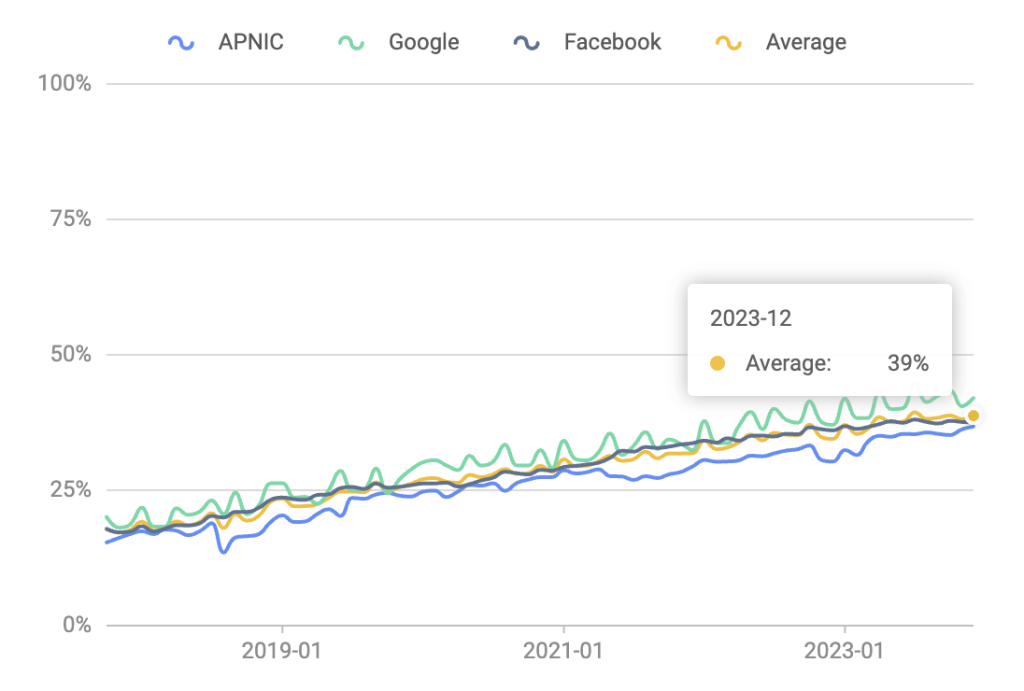
Figure 5 — Global IPv6 deployment. Source; APNIC Labs, Facebook, and Google.
- There was no significant change in the adoption of HTTP/3 (QUIC) (Figure 6), the latest version of Hypertext Transfer Protocol that offers improved performance and security. Read Robin Marx’s informative series on the benefits of HTTP/3.
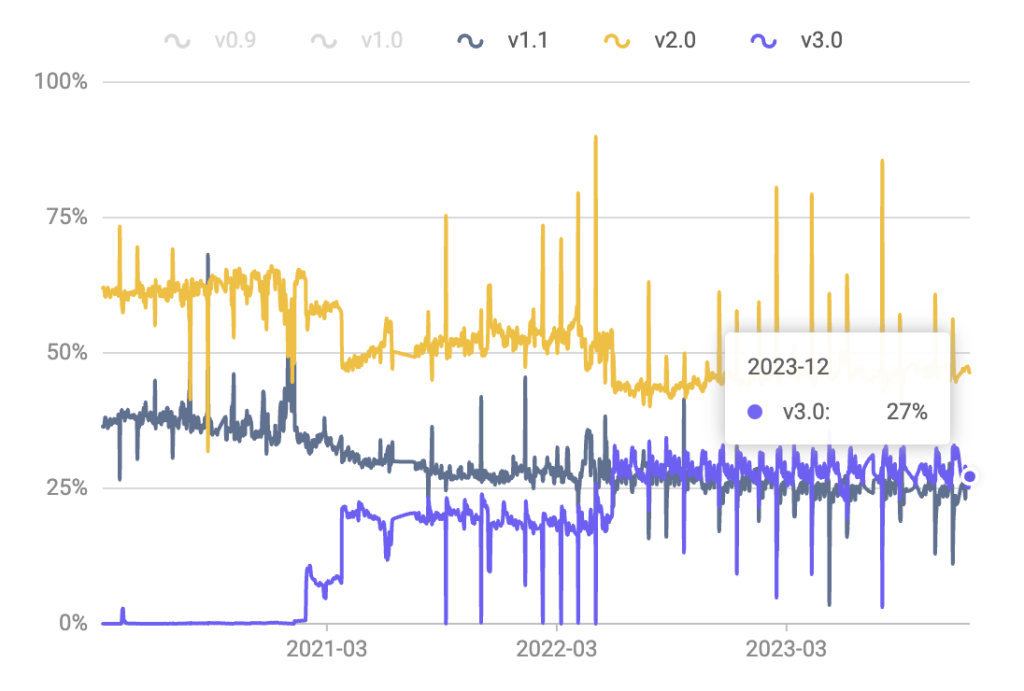
Figure 6 — HTTP/3 adoption. Source: Mozilla Firefox Telemetry
- Nearly 80% of Internet traffic uses the latest version of Transport Layer Security, TLS 1.3, which secures traffic against eavesdropping and against data being tampered with while in transit between clients and servers (Figure 7).
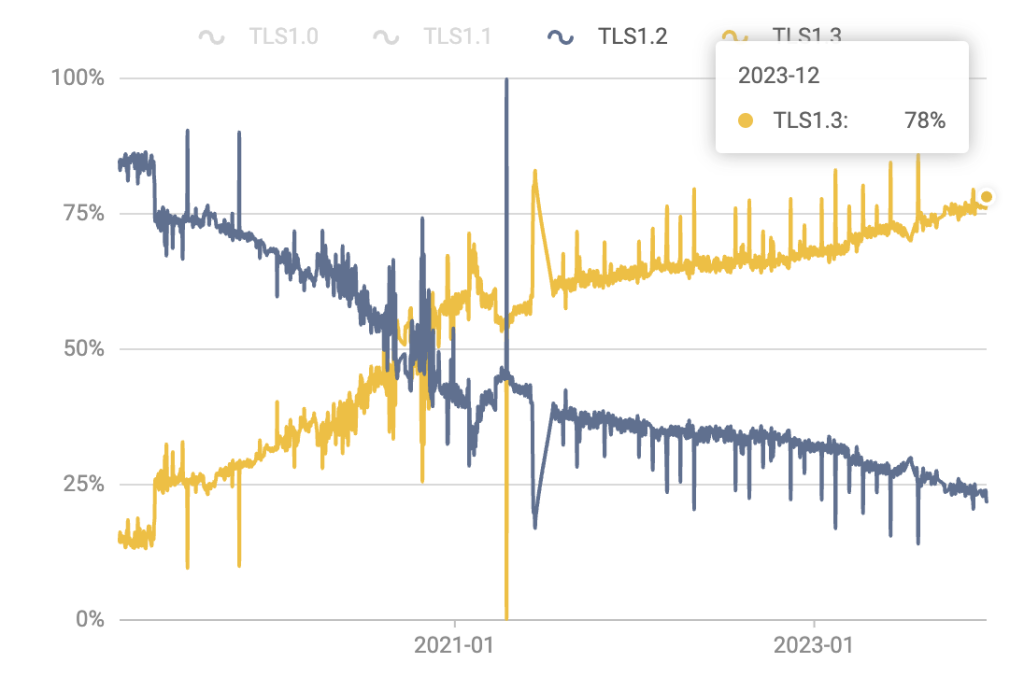
Figure 7 — TLS adoption. Source: Mozilla Firefox Telemetry
- Nearly two-thirds of the world’s Internet registries that run country-code domain names (ccTLDs) have adopted DNSSEC (Figure 8) to provide an additional level of security using cryptographic techniques to validate the authenticity of its DNS information.
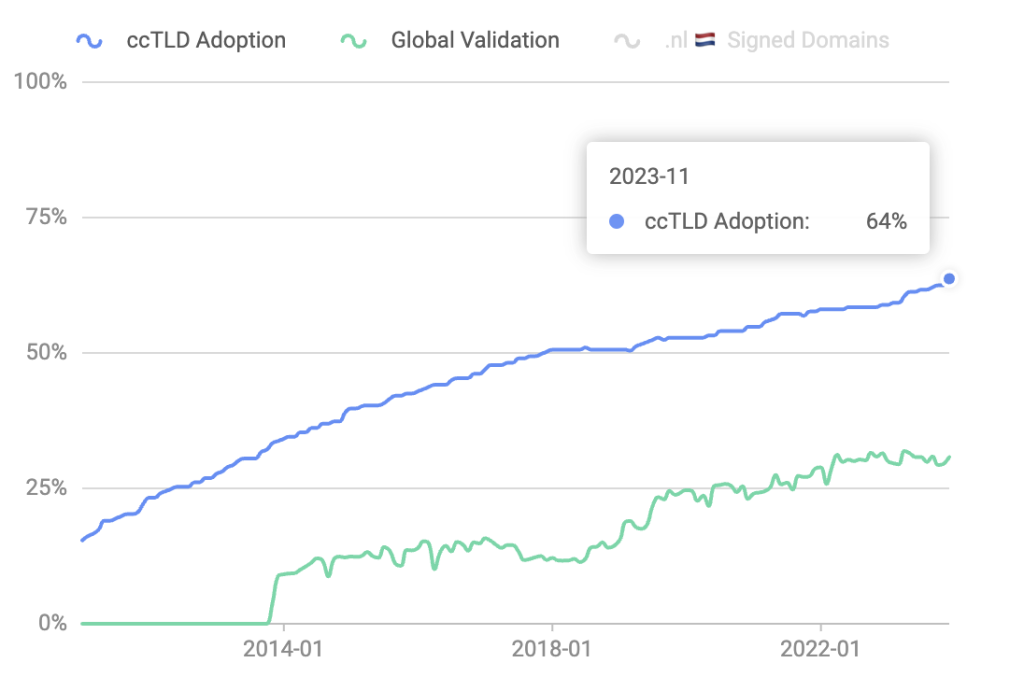
Figure 8 — DNSSEC adoption by ccTLDs. Source: DNS, APNIC Labs.
- Partiale and full route validation nearly doubled for the year (Figure 9). Route validation is the process of checking that the announcements being received between routers are legitimate, thus reducing the risk of traffic being dropped, inspected, or diverted. Learn more about routing security.
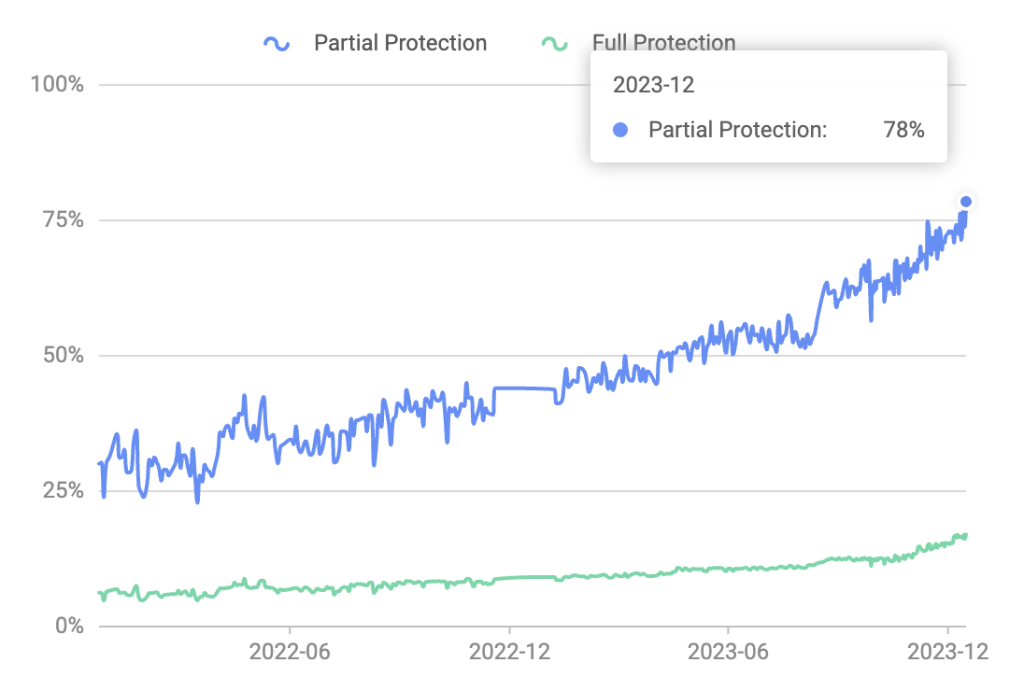
Figure 9 — Global deployment of Route Validation. Source: RoVista.
Predictions for 2024
Based on these trends from 2023, we expect to see most of these metrics trending in a similar direction in 2024. Areas that we expect to see the greatest movement and plan to concentrate more effort on are:
- Internet shutdowns: we expect to see an increased number of election-related Internet shutdowns, given that more than 100 elections across 67 countries are planned for 2024. See our election-related shutdown tracker to see the risk of shutdowns happening in your country.
- More countries are following the leads of Australia, Taiwan, and the UK and implementing policies and plans to improve their Internet resilience in response to large-scale outages in their countries. Read:Internet outages a case of if, not when
- More regions are following the lead of Europe and discussing or implementing data protection laws that require localized critical infrastructure.
- IPv6, especially in developing countries with large populations, such as Bangladesh, Indonesia, and Pakistan, as they increase their adoption rates.
- Routing security, specifically more examples of networks reducing the impact of routing incidents on their and their customer’s networks because they have deployed best current practices.
Subscribe to the Pulse monthly newsletter to follow how our predictions play out.


